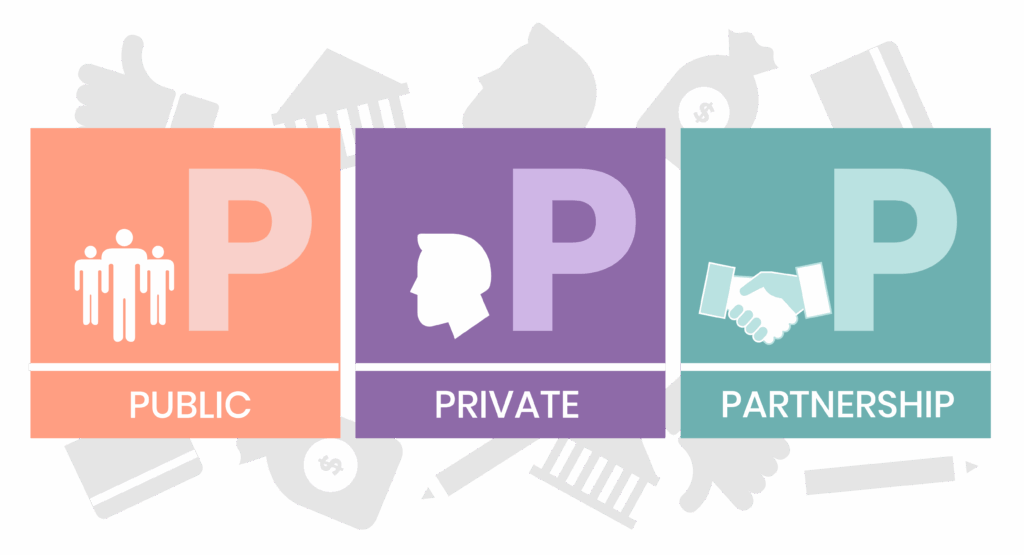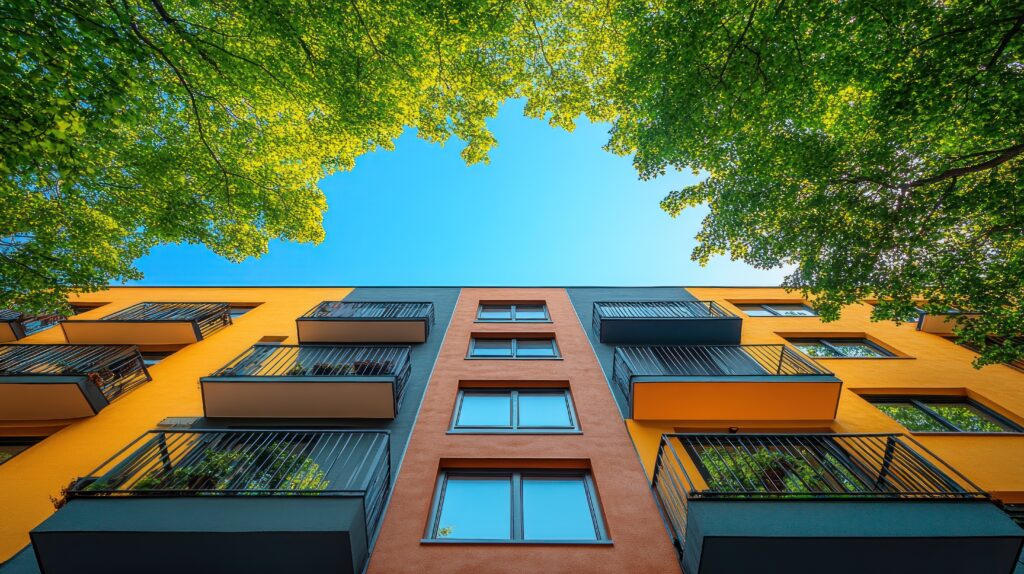Monday

It’s 5:45 AM, and I’m sitting at the departure gate at Richmond International Airport. I’m heading to Milwaukee, Wisconsin, for an inspection. The property I’m visiting today is in the process of obtaining its National Green Building Standard (NGBS) certification.
In preparation for my site visit, I reviewed all pictures and information related to the project, including site maps, architectural plans, and SEDI (Statement of Energy Design Intent). This process informs me of any areas of concern that I should pay attention to while on site.
I pick up my rental car and arrive at the property by 9:00 AM. I greet the superintendent, and we go over expectations for the day. Communication with clients and the construction team is essential since repeat visits are standard, and we will work closely throughout the certification process.
I am checking for proper installation quality and air sealing, essential components of a high-performance building.
Today I’m performing a ‘rough inspection,’ so the drywall isn’t up yet. I am checking for proper installation quality and air sealing, essential components of a high-performance building. I will repeat this process for all units and unit types.
By late afternoon, I’m finishing up my last unit. After grabbing a quick bite to eat, I’m headed for the airport and back home to Richmond.
Following this inspection, I’ll meet with my supervisor to share my recommendations before the building is ready for drywall. Our team will send our client the remediations necessary to obtain the NGBS certification. It’s rewarding to help our site contacts resolve issues found during the inspection. Aside from the NGBS requirements, it also ensures more efficient and comfortable units for future residents.
Tuesday

Since I got an early start yesterday, I caught up on some extra sleep and got to work around 9:30 AM.
Today I am finishing a Statement of Energy Design Intent (SEDI) that I started last week. A SEDI is a report that provides a projected score of energy metrics in new construction, typically produced before or just as a property breaks ground. A SEDI considers the plans, specs, and appliances within each unit and unit type (i.e., one, two, or three bedrooms).
The next component of a SEDI involves a model that includes general property details and utility information. We use specialized software to produce a report that accounts for all inputs and creates an energy consumption metric for different energy users. The sum from this report is made in an excel spreadsheet format and used to generate a score in ENERGY STAR Portfolio Manager.
Produced early in the construction process, a SEDI helps clients avoid potential problems down the road.
This energy measurement tool produces a score between 1 and 100. A property aims to hit 90 or above. If a property falls below 90, I discuss possible improvements with my team, like installing more energy-efficient appliances, to see if our proposed recommendations can positively impact the SEDI score. Produced early in the construction process, we can share this guidance with our clients and help them avoid potential problems down the road.
Wednesday

This morning I’m working on a Statement of Energy Performance (SEP). A SEP is a report that captures the energy consumption of an existing property and determines how well it performs. Twelve months of utility data, occupancy statistics, and square footage are put into the ENERGY STAR Portfolio Manager, where an ENERGY STAR score and a summary of the property’s energy consumption and usage are produced.
This report doesn’t take long to finish, so I’m able to move on to an Energy Audit.
An Energy Audit considers a property’s total energy usage and provides recommendations that will significantly minimize energy consumption. In many cases, an Energy Audit is requested for a RAD (Rental Assistance Demonstration) job. A RAD Energy Audit involves an older property and is performed in conjunction with a Capital Needs Assessment (CNA).
An Energy Audit report helps property owners make informed management and financial decisions.
Much of the information I will pull for an Energy Audit comes from our Engineering Department and the notes, photos, and reports they’ve previously collected. After reviewing the property’s climate, utility consumption, and building envelope, I create an Energy Audit report to include energy-saving recommendations based on the existing equipment’s remaining years of life and calculated savings to investment ratios. This report helps property owners make informed management and financial decisions.
Once the report is complete, I send it to my colleague, David, for review and feedback. David will make corrections and revisions before producing a PDF of the report, combined with the CNA, to be sent to the client.
Thursday

It’s Thursday morning, and I have another site inspection in Columbus, Georgia. I rarely have two inspections in a week, but construction schedules can be unpredictable. I have reviewed the SEDI we previously performed on the property, so I’m already familiar with the layout.
Before starting my inspection, I take pictures of the exterior and elevation. I walk through each unit with the insulation installer so she can immediately fix any problem areas. For this visit, the General Contractor is waiting on my green light to begin drywalling. It’s a go!
Any delays on my behalf could impact the overall construction schedule, so communication throughout the development process is imperative. Still, some unavoidable obstacles may require an extension of project timelines. These delays include labor and material shortages, as well as municipal inspections.
We are in close communication with each client to ensure we are visiting each site when we can be efficient and it makes the most sense for us to return.
It’s been a full morning of walking the property and collaborating with the General Contractor and insulation install team. I pack up and make my way back to the airport. On my flight back, I can catch up on other tasks and answer emails, so the next day starts smoothly.
Friday

I start the morning in my home office. I upload any outstanding inspection photos into their designated job folders. Each job folder contains the specific building and the construction phase.
For properties that completed their rough inspections, I will submit property scores to NGBS.
After completing the photo uploads, I’ll work on emailing my site contacts to verify the recommended changes we suggested from the SEDI have been implemented.
I update and prioritize my to-do list for the following week to prepare. To stay as organized as possible, I keep a log of personal notes on the status of SEPs, ESTAR certifications, Energy Audits, and SEDIs I’m working through.
Seeing the job from start to finish is satisfying and allows me to learn and observe the process.
The variety of tasks my job offers keeps every work week interesting. Completing a SEDI or SEP in the office and traveling for an inspection in the same week is something I really enjoy. Seeing the job from start to finish is satisfying and allows me to learn and observe the process. No project is the same, whether it’s differences in construction details, climate, or complexity.
I enjoy the challenge!






